From the modern and renewed Panda Base to the historic and tranquil Wenshu Monastery, there are so many must-see tourist attractions in Chengdu, that reflect the city’s fascinating culture and charm. After a day of exploring, why not also check out some of the must-eat dishes in Chengdu to complete your experience?
People’s Park 人民公园
Built in 1911 as Shaocheng Park (少城公园), People’s Park was the first public park in Chengdu. Located near Tianfu Square in central Chengdu and covering an area of 112,639 square meters, it offers a peaceful escape amid the city buzz. The park features an artificial lake, beautifully maintained gardens, and iconic teahouses. You can row a boat, watch people dance, sing, write calligraphy, play chess, or work out. Highlights include the century-old Heming Teahouse (鹤鸣茶馆) and the Railway Protection Movement Monument. For those who want to experience daily Chengdu life, this is a must-see tourist attraction.
Address:
Qingyang District, Citang Street #9
青羊区祠堂街9号
Metro:
Line 2, People’s Park Exit B (400m)
Entrance:
Free
Opening Hours:
6am – 6pm
Giant Panda Breeding Research Base 大熊猫繁殖研究基地
Located about 13 km from downtown in the northeast suburbs, the Giant Panda Breeding Research Base opened to the public in 1988. It includes a research center, veterinary hospital, open laboratories, enclosures, and playgrounds for pandas. Regarded as the most important panda sanctuary in the world, it focuses on protecting endangered species, especially China’s national treasure, the giant panda. In early 2022, the base expanded from 69 to 238 hectares, improving visitor experiences with more panda-friendly pavilions. If you’re an panda lover this must-see tourist attraction should be near the top.
North Entrance Address:
Chenghua District, Panda Avenue No. 1375
成华区外北熊猫大道1375号
South Entrance Address:
Chenghua District, Panda Avenue No. 26
成华区熊猫大道26号
Metro:
Line 3, Panda Avenue Station
Tickets:
Adults 55RMB, kids/ students 27RMB
Tel.:
028-83507901
Opening Hours:
Daily, 7:30 – 18:00 (enter before 17:00)
Wide & Narrow Alleys 宽窄巷子
No trip to Chengdu is complete without exploring the Wide & Narrow Alleys, a top must-see tourist attraction that showcases the blend of old and new. This cultural block comprises Kuanxiangzi, Zhaixiangzi, and Jinxiangzi, streets that date back to the Qing Dynasty (1644–1911). These “new old” alleys feature stone-paved walkways, blue-brick buildings, and stunning courtyards with traditional wooden doors. Visitors can enjoy teahouses, cafes, boutique shops, bookstores, and restaurants. The alleys buzz with life during the day, but we especially recommend visiting in the evening when the lights turn on and locals come out to stroll. It’s like stepping into a period movie.
Address: Qingyang District, Wide & Narrow Alley, 青羊区宽窄巷子. Whole day, 86268786
Qing Yang Temple 青羊宫
Among the must-see tourist attractions in Chengdu, Qing Yang Temple stands out for its historical and cultural significance. For just five yuan, you gain entrance to the Palace of the Green Lamb—actually, two lambs, though they’re more bronze than green. Despite their name, these figures are far from ordinary lambs. The one-horned lamb, in particular, holds special meaning. Purchased from a Beijing curio market in 1723, it embodies all 12 animals of the Chinese zodiac. Visitors are challenged to identify each one—answers are posted nearby (but no cheating!).
Qing Yang Gong isn’t just home to symbolic statues. It’s the oldest surviving temple in Chengdu, having weathered countless calamities. It’s also one of the most significant Daoist temples in all of China. According to legend, Laozi, the founder of Daoism, once visited the temple and said, “Practice the Dao for a thousand years, and you may find me again at Qing Yang Gong.”
Inside the temple grounds, you’ll find a peaceful teahouse, a vegetarian restaurant, and plenty of shaded spots to sit and relax. Don’t be surprised to see people rubbing different parts of the lamb statues—a practice rooted in the belief that it brings healing. Situated along the Jinjiang River on West Section 2 of the First Ring Road, the temple is also within walking distance of Du Fu’s Thatched Cottage (see below).
Address: Yihuan Road No. 9, First Ring Road West Section 2, Qingyang District 青羊区一环路西二段9号
Entrance: 10RMB (Half price for students, free for 60+ yrs and kids below 1.2m)
Opening Hours: 08:00 – 17:30
Tel.: 028-87766584
Du Fu’s Thatched Cottage 杜甫草堂
Another highlight among Chengdu’s must-see tourist attractions is the Du Fu Thatched Cottage Museum. Located in the western part of downtown and near both Huanhuaxi Park and the Sichuan Museum, this site honors Du Fu (712–770), one of the Tang Dynasty’s most revered poets.
Du Fu lived here for four years, during which he wrote about 240 poems. Today, the renovated cottage and its tranquil grounds form a national cultural heritage site. The park covers over 200,000 square meters, offering visitors a poetic and serene atmosphere perfect for walking, reflecting, and exploring.
Thanks to its historical weight and peaceful ambiance, the cottage is a favorite among literature lovers and casual visitors alike. It’s a fantastic example of how Chengdu blends nature, history, and culture into one meaningful experience.
Address: Qingyang District, Qinghua Road No.38 青羊区青华路38号
Entrance: Adults 50RMB, kids/ students 25RMB
Opening Hours: 09:00 – 18:00 (No more entrance after 17:00)
Tel.: 028-873319258
Shufengyayun Sichuan Opera
To round off your tour of must-see tourist attractions in Chengdu, don’t miss the Shufengyayun Sichuan Opera. This one-of-a-kind performance blends music, dance, acrobatics, Chinese puppetry, and the famous “face-changing” technique into an exhilarating 90-minute show.
The opera runs nightly from 8:00 pm to 9:30 pm. For those who want the VIP experience, you can enjoy upgraded seats with snacks, a traditional Chinese massage, ear grooming, or even dress up in show costumes for a souvenir photo. The included Sichuan tea adds a local flavor to this lively, cultural experience.
It’s not just a show, it’s a vivid insight into Sichuan’s unique storytelling traditions and a memorable way to close out your Chengdu adventure.
Address:
Qingyang District, Qintai Road No. 136
青羊区琴台路136号
Metro:
Line 2, Tonghuimen Exit A (460m)
Entrance:
120 – 240RMB
Opening Hours:
Ticket sales: 18:00-20:00
Entry: 19:00-20:00
Performances: 20:00-21:30
Tel.:
028-87764530
Wuhou Shrine Museum 武侯祠
One of the must-see tourist attractions in Chengdu, the Wuhou Shrine (Temple of Marquis Wu) is the most influential museum of the Three Kingdoms (220AD – 280AD) culture in China.
Situated in the south suburb of Chengdu covering an area of 3.7 hectares, this shrine honors Liu Bei (Emperor of the Shu Kingdom) and Zhuge Liang, his legendary prime minister. After the fall of the Han Dynasty, the country was split into the kingdoms of Wei, Shu, and Wu. Among these, Shu, based in present-day Sichuan, became known for its rich historical legacy.
Zhuge Liang’s strategic brilliance helped Liu Bei found the Shu Kingdom. Under his governance, the region experienced political stability and economic growth. Today, the shrine offers a tranquil environment and a glimpse into this fascinating era of Chinese history.
Address:
Wuhou District, Wuhou Shrine Street No. 231
武侯区武侯祠大街231号
Entrance:
Adults 50RMB, kids/ students 25RMB
Opening Hours:
08:00 – 17:30
Tel.:
028-85535951
Jinsha Site Museum 金沙遗址博物馆
For many centuries, the Chinese have considered the Yellow River the cradle of Chinese civilization. But this began to change in 1986, when archaeological discoveries in Guanghan, about 40 minutes north of Chengdu, uncovered the Sanxingdui civilization, part of the mysterious Shu kingdom of the Shang dynasty, dating back some 3,000 years. In 2001, the ancient settlement of Jinsha was discovered during real estate construction, offering similarly rich discoveries. A total of more than 5,000 precious relics, including gold, jade, bronze, stoneware, a metric ton of elephant tusks and tens of thousands of pieces of pottery and ceramics, were unearthed from the Jinsha Ruins.
The art museum, which now sits at the site, offers an elegantly displayed treasury of artifacts and simply shouldn’t be missed. Among the relics is the pattern of a circular golden emblem featuring four flying birds surrounding the sun which was adopted as the symbol of China’s cultural heritage in 2005.
Address:
Qingyang District, Jinsha Yizhi Rd. No. 2(Qingyang Ave.)
青羊区金沙遗址路2号(青羊大道)
Metro:
Line 7, Jinsha Museum Exit C (550m)
Entrance:
Adults 70RMB, kids/ students 35RMB
Opening Hours:
08:00 – 17:30
Tel.:
028-87303522
Wenshu Monastery 文殊院
The Another must-see tourist attraction in Chengdu is the Wenshu Monastery, the largest and best-preserved Buddhist temple in in downtown Chengdu. Built during the Tang Dynasty (618–907), it is dedicated to Wenshu (Manjushri), the God of Wisdom.
The monastery is not only a religious site but also a cultural hub. It houses over 500 pieces of artwork, including calligraphy and paintings by historical figures such as Zhang Daqian and Feng Zikai. Visitors can enjoy a peaceful stroll through its gardens while admiring its traditional architecture and spiritual ambiance.
Address: No.15, Wenshu Temple Street 文殊院街15号
Metro: Line 1, Wenshuyuan Exit K (680m)
Entrance: Free
Tibetan Neighbourhood 西藏街区
One of Chengdu’s biggest drawing points is the fact that it is one of the nearest significant cities in Mainland China to Tibet and is therefore a stopping off point for many who are travelling to and from the highest point(s) on the globe. Prior to the completion of the high-speed Beijing-Lhasa railroad, Chengdu was the jumping off point for backpackers heading for the snowy trails of the one of the world’s most fabled lands. These days, Chengdu’s own, “Little Lhasa,” located near Wuhou Temple in the city’s southwest, offers a tantalizing glimpse of a colorful, remarkable culture.
Address: Wuhou Temple Cross St., Wuhou District 武侯区武侯祠横街
Anshun Bridge 安顺廊桥
Built in 2003 and seen on many postcards of Chengdu, Anshun Bridge 安顺桥 (the bridge that lights up gold at night and can be seen from Jiuyanqiao bridge 九眼桥) is a real Chengdu landmark.
A perfect spot to capture the gorgeous night view of Chengdu! The bridge handrail is beautifully carved with patterns like plum, orchid, bamboo, chrysanthemum which represents the traditional Chinese folk culture. When the night falls, all the lights on the bridge are lit and reflect into the rippling river.
Damaged in a flood in the 1980s, it is now home to The Bridge Bar & Restaurant – maintaining the Chinese palatial look of the bridge whilst creating a contemporary, elegant space. Expect hi-end cuisine in the restaurant and end up in their contemporary whisky bar. As expected with a location like this, cocktails alone set you back 90RMB a pop – but it’s really the view you come for.
Address:
No. 66 Bingjiang East Road, Jinjiang District
成都市锦江区滨江东路66号
Eastern Suburb Memory 东郊记忆
The factory and industrial chimney pipelines still tell great stories about former times at the state-owned Hongguang Valve Factory. It was built under the assistance of the former Soviet Union in the 1950s. The combination of industrial style and modern urbanism architecture maintain an atmosphere of nostalgia and fashion. Today the area is rebuild into the Eastern Suburb Memory, that let you step into the past.
Address:
No.4, Middle Section South Jianshe Road , Chenghua District, Chengdu
成都市成华区建设南路中段4号
Best visiting time:
9am to 9pm
Tips for Visitors: Whether you’re a history buff, a nature lover, or simply looking to experience something new, these must-see tourist attractions in Chengdu offer something unforgettable. Be sure to plan ahead to make the most of your visit!
Did we miss anything?
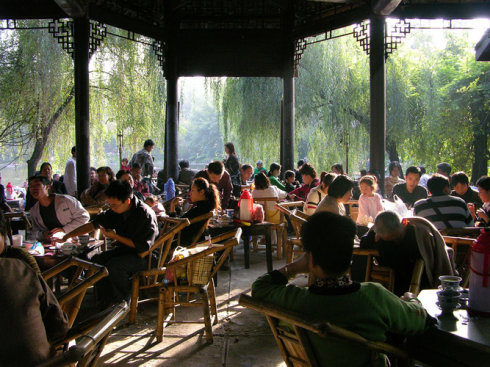
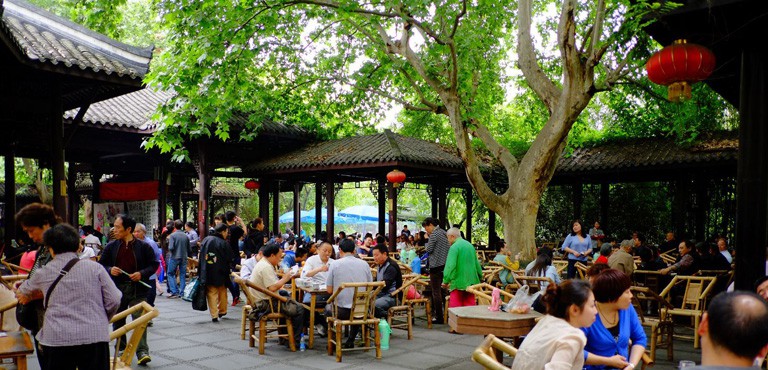
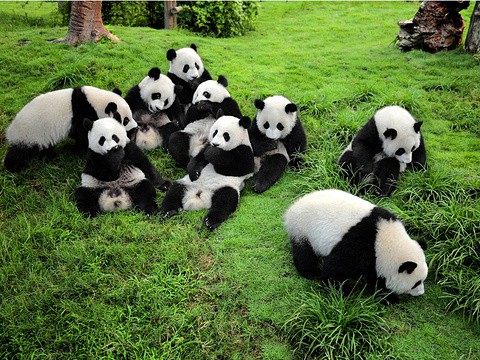
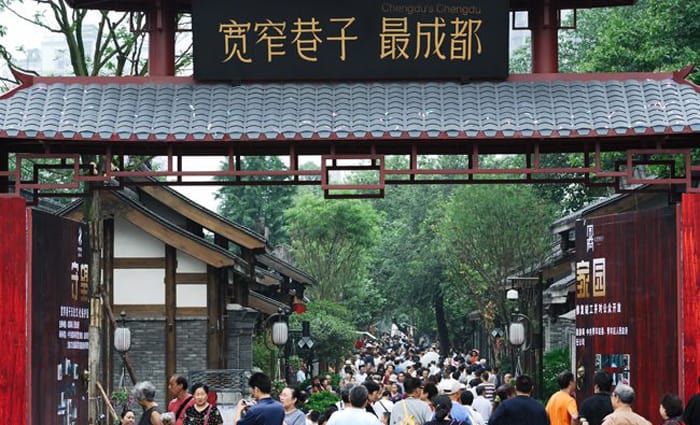
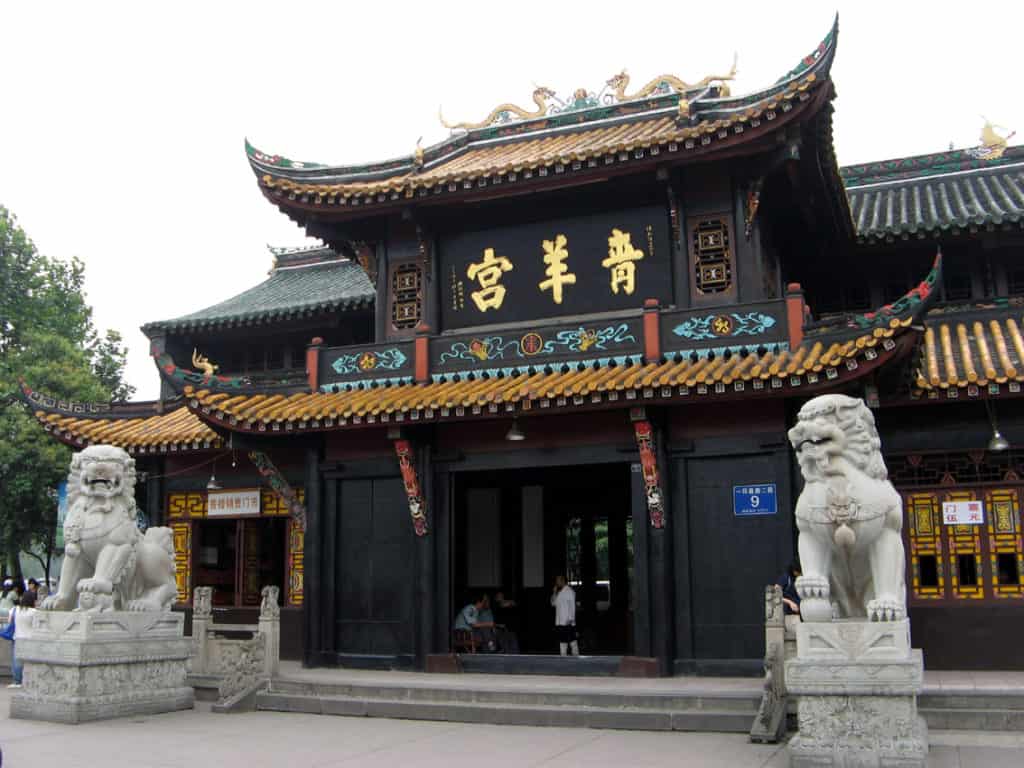


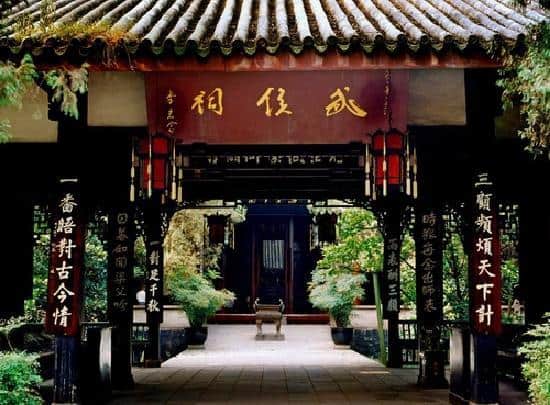
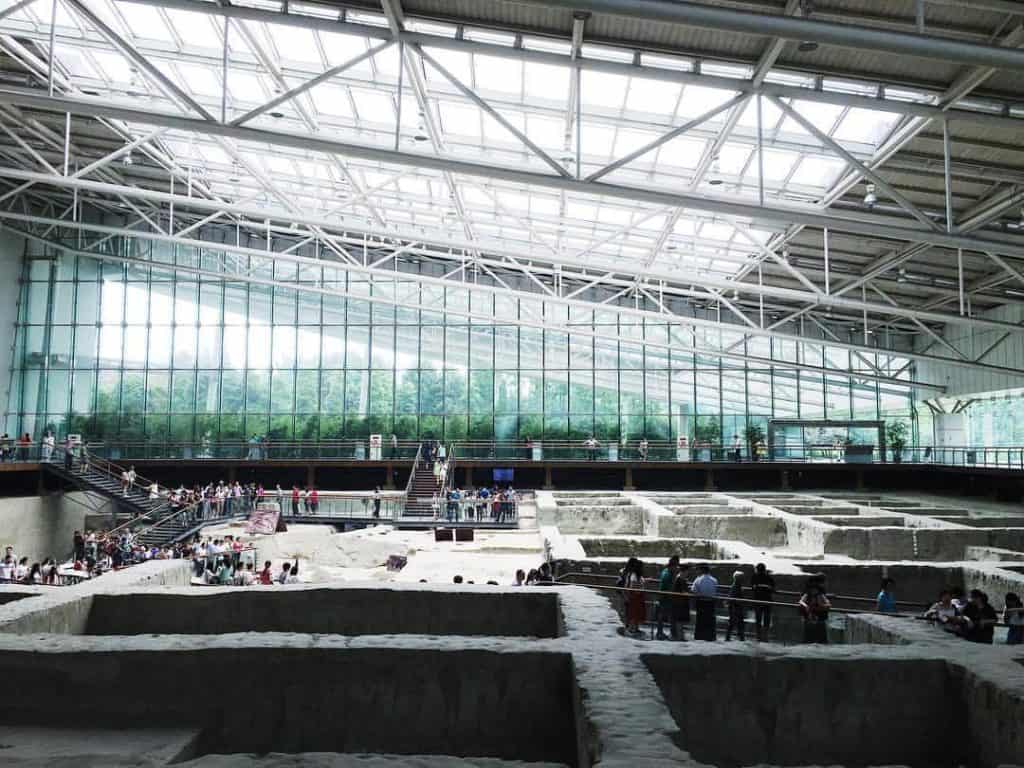
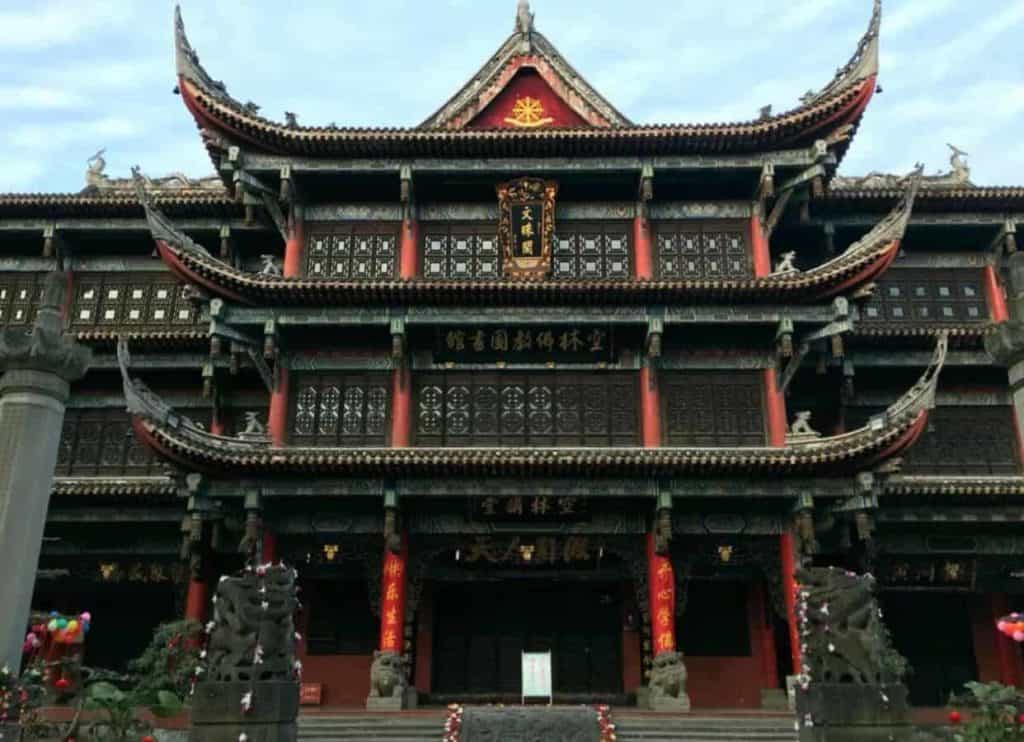
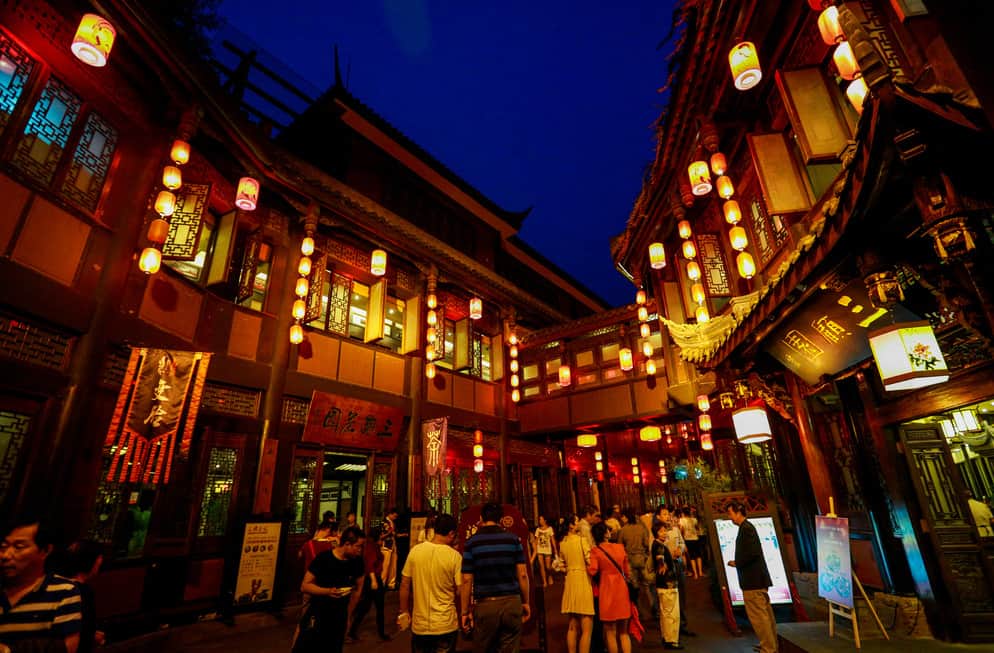
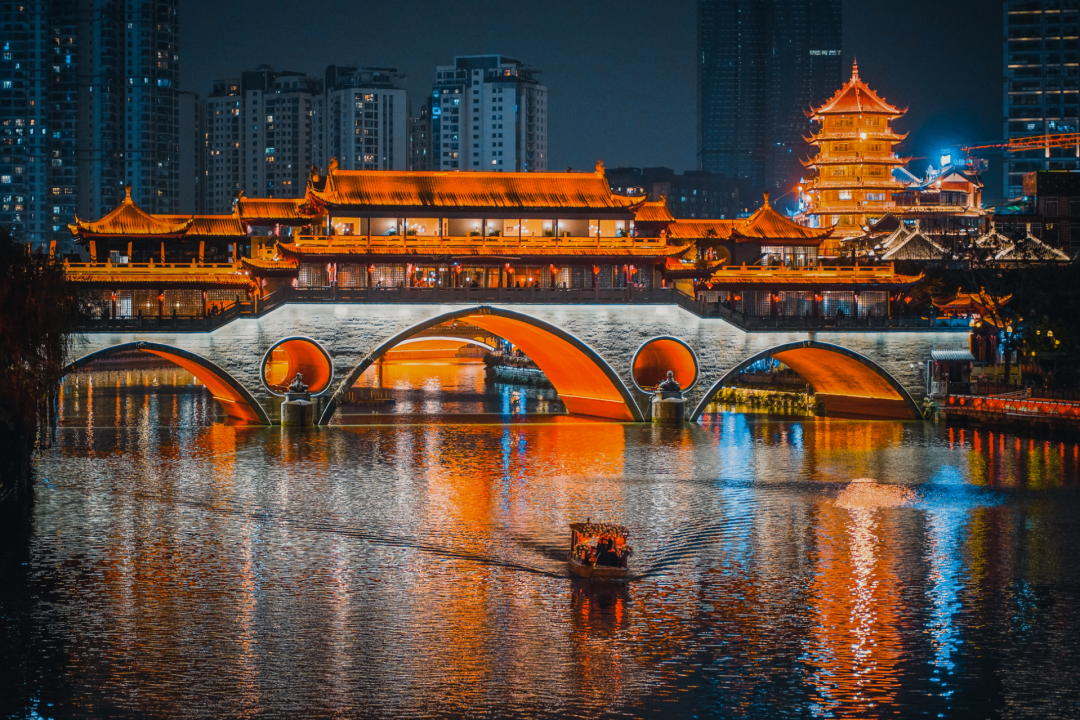




Pingback:Andaman Village, A New Place to Escape The City | Chengdu-Expat.com
Pingback:Chengdu Travel Guide: Useful Information | Chengdu-Expat.com